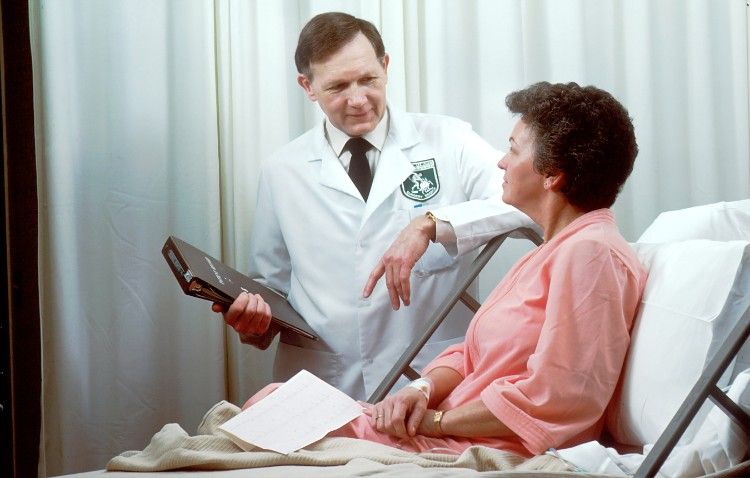What Does the Doctor-Patient Relationship in Your System Look Like
Are you building an environment that supports the doctor-patient relationship, improves the exam room experience and increases patient satisfaction?
Despite a growing interest in some of the “soft” skills related to medicine and the enduring hope that reform will provide a more fertile ground for change, healthcare has generally transitioned away from the time when physicians developed strong interpersonal bonds with patients. You can blame time restraints, the depersonalization potential of the EMR and the way doctors are paid. But whatever the cause, the fact remains that the doctor-patient relationship has suffered.
Unless your organization is moving toward concierge or direct care, making the most of an abbreviated time period in the exam room is going to be part of your future. One way to get there is to improve the physician’s role in the interaction by focusing on his or her bedside manner. While there are differences of opinion on the degree to which certain people skills can be taught and learned, the range of tutorials, classes and training sessions related to this non-clinical but highly important area of medicine would seem to suggest that nurture has an equally strong footing with nature.
But some limitations remain difficult to overcome. Every physician has a different personality. Some are more communicative than others. Some are better listeners. Some are simply more empathic. So if you’re looking for total consistency in physician behavior within your organization, there’s a good chance you’re going to be disappointed. On the other hand, you can help level the playing field through a common approach in the exam room that can increase the opportunity for a successful encounter. And a lot more.
It starts with moving from the traditional medical practice model to team-based care. This more collaborative approach has been shown to increase practice productivity and overall efficiencies, improve access and increase gross patient revenues in the practices that implement it. At the same time it enables physicians and patients to maximize the time they spend together.
By delegating those responsibilities that don’t require direct physician involvement – data collection, documentation, certain aspects of education, reinforcement of the treatment plan and most follow-up information – to trained and empowered clinical assistants, the doctor is freed up to do what he or she is singularly qualified to do. At the same time, when the various elements that make up the exam room encounter are shared, the doctor is able to direct her or his full attention to the patient.
This focus means more actual time spent with the patient as well as a perception of more “quality time” based on the removal of distractions. It also means you’re able to rely on objective measures like templates and protocols, staffing strategies and a commitment to a team care model rather than the subjective, and not always consistent, nature of individual personalities.
The result is a range of benefits that cover everything from economic stability to professional satisfaction while, ultimately, strengthening the doctor-patient bond, one of the more elusive but important determinants of quality outcomes.





